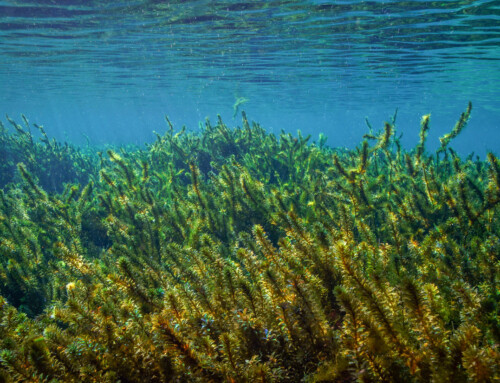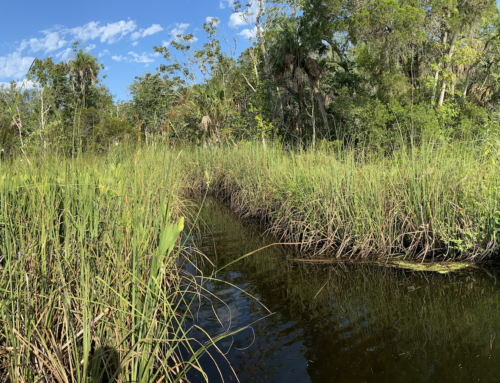What is a scallop?
Scallop Season! If you haven’t had the experience, you’ve probably at least heard the term. Our favorite sea snack, the Bay Scallop (Argopecten irradians) is known to filter feed water inside Seagrass beds and grow all of its life stages in approximately 1 year. Just like salmon, these guys will spawn out every fall and then get very brittle in the shell and start dying.
Feeding Frenzy
In July, every year, Florida opens up harvest season for west coast counties. Then, residents and visitors head out to hand collect these delicious morsels before they spawn and die.
Every ‘scalloper’ that goes out into the Gulf of Mexico to collect is allowed a maximum bag limit. This equates to 2 gallons of whole scallops (in the shell), or 1 pint of scallop meat per person per day. There are also limits per vessel with no more than 10 gallons in the shell or ½ a gallon of shucked meat.
Here’s the thing..
Every year we get thousands of visitors that collect, usually, their max allowance. That means, if everyone is dumping, 10 gallons of empty shells end up on the canal or spring floors. 10 gallons can equate to 12 square feet of bottom coverage in our waterways. if you add that up, it means thousands of square footage covering the river or springs beds due to improper dumping in the freshwater systems.
What’s the big deal? They’re natural!
The negative impacts that come from improper disposal of scallop shells include suffocation of vegetation, damage to habitat, and hazards to humans walking and swimming in springs. (You think legos are bad? Try brittle shells). All of these effects can lead to a drastic change in water quality, spring ecosystem, and recreational activities. (Seriously, they hurt our tender toes).
On the brighter side, scallop shells naturally become brittle after they die, so dumping them into the saltwater in the Gulf can help speed up the decomposition process for calcium carbonate. They also make for GREAT DIY projects.
Much to-do with scallop shells
First, make sure you clean the shells by getting rid of excess meat (use it for bait!). Trust us, you do NOT want to experience the smell if any bits are left over.
Then GET CREATIVE! Or just head on over to pinterest!
We found a few fun and creative ideas in a matter of seconds!

If you’re not the creative type you can still re purpose your shells! Cleaned scallop shells are great as natural garden mulch, or crush them for fill, DIY driveway/walkway areas, or for chickens. (Yes chickens can eat oyster shell, so why not scallop shells?)
If each of us try to be responsible about our harvest the springs will be much healthier during scallop season. Then, we can all enjoy the summer without worries of regulations looming overhead. Fortunately, we have a solution for spring impacts from these shells. Just practice responsible dumping! It only takes a thought!







